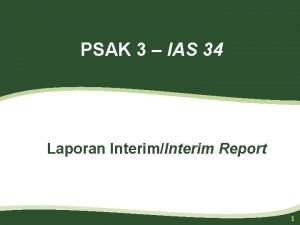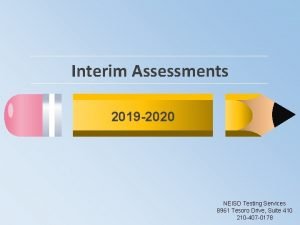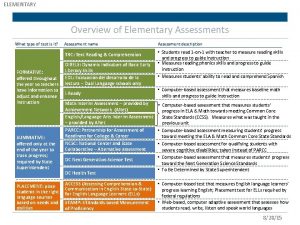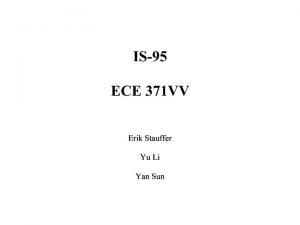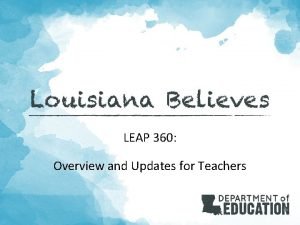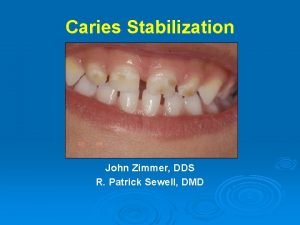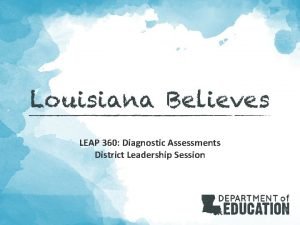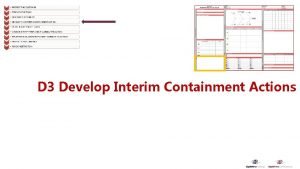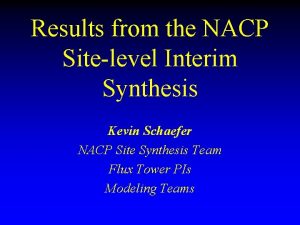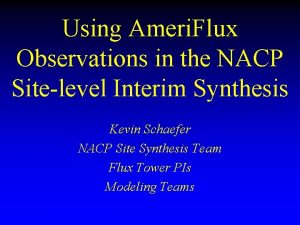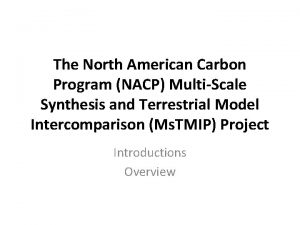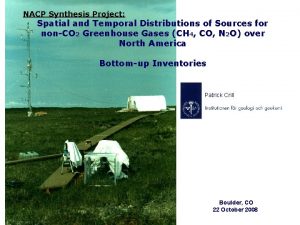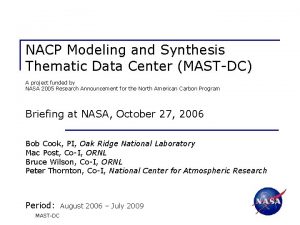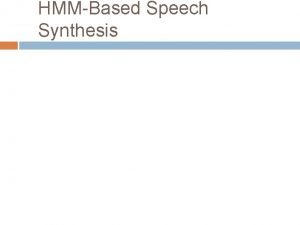SiteLevel ModelData Comparison A Proposed NACP Interim Synthesis










- Slides: 10

Site-Level Model-Data Comparison A Proposed NACP Interim Synthesis Project Ken Davis, Peter Thornton, Kevin Schaefer, Dan Riciutto Coordinators

Site-level MDC: Rationale • • Multi-scale synthesis is necessary to answer NACP science questions. Diagnosis and attribution of carbon sources and sinks at regional to continental scales depends on: 1. Synthesis of remote sensing, inventory, emissions, and CO 2 concentration measurements, and inverse and forward modeling approaches. 2. Quantitative assessment of uncertainty in measurements and modeling approaches. • • Forward modeling uncertainty is poorly quantified. Appropriate starting point is a site-level modeldata synthesis.

Site-level MDC: Objectives • Starting at the spatial scale of individual sites, establish quantitative framework that allows NACP investigators to answer the question: – • • • “Are the various measurement and modeling estimates of carbon fluxes consistent with each other - and if not, why? ” Improve quantification of uncertainty forward models and site-based measurements. Identify strengths and weaknesses in models and measurements. Migrate new knowledge up-scale in coordination with regional and continentalscale efforts.

Site-level MDC: Approach • Anchor the comparison at Ameri. Flux sites – – – • • Multiple years of energy, water and carbon fluxes Ancillary physical and biological measurements (“template” exists, encourage site PIs to fill it in) Initial selection of 25 -30 potential sites Introduce data from inventories as available. Measurement teams produce their own best estimates of fluxes and flux uncertainty at each site. – – Standardized filtering and gap-filling. Standardized approach to uncertainty estimates • • Random error Systematic error (e. g. due to instrumentation, advection, data filtering, gap-filling)

Site-level MDC: Approach (cont. ) • Modeling teams produce their own best estimates of fluxes and flux uncertainty at each site for each model. – – – Protocol specifies model inputs and provides goals and examples for obtaining model uncertainty. Each group can tackle the uncertainty problem however they see fit and are best able. Groups encouraged to categorize multiple sources of uncertainty, for example due to: • • – Parameter estimation Model structure and/or process representation Initial / boundary conditions (e. g. representation of disturbance history, veg type, or diagnostic LAI) Surface weather drivers Each model has unique characteristics, and each modeling team has unique capabilities – avoid overspecifying the model uncertainty approach.

Site-level MDC: Approach (cont. ) • Measurement – modeling synthesis – – Multiple teams will tackle several aspects of modeldata comparison in parallel. Protocol includes some example statistical tests that can incorporate the measured and modeled fluxes and their uncertainties to determine if they are consistent. Teams will have flexibility to introduce additional statistical methods in the analysis, as needed. Evaluation at multiple time scales: • • • – Multi-year annual mean Interannual variability Seasonal Synoptic Diurnal Workshop to initiate analysis

Site-level MDC: Expected Results • • • Database of high-quality measurements and measurement uncertainty estimates. Multi-model database of modeled fluxes and flux uncertainties. Demonstration of model-data comparison methods that take advantage of uncertainty estimates. Identification of major strengths and weaknesses in models and measurements. Identification of critical process controls on fluxes Quantification of forward model uncertainty and up-scaling to inform regional and continentalscale synthesis efforts.

Site-level MDC: Participation • Draft site selection complete, but still need to contact measurement PIs to determine the final site list and measurement participants. – – • Currently about 25 Ameri. Flux sites, 5 Fluxnet Canada sites. Informal interest from inventory measurement communities, but need to formalize participation. Open to any modeling group able to produce the flux estimates and flux uncertainties specified in the protocol – – Focus on attracting forward modeling groups as initial phase Open to other modeling approaches as resources permit

Site-level MDC: Infrastructure • Management team (Thornton, Davis, Schaefer, Riciutto) – – • Central data service – – • Lead initial protocol development and solicitation of participation Coordinate with participants and other synthesis activities Measurements and uncertainties Model inputs, outputs and uncertainties Workshop prep and results MAST-DC Email lists

Site-level MDC: Schedule • • February: Identify participants and finalize protocol (draft available now) April: Provide all standardized model inputs, including gap-filled weather data July: Modeling and measurement groups provide best-estimate fluxes and flux uncertainties August: Identify analysis teams, begin analysis September: Workshop to evaluate initial analysis efforts, redirect, form new teams. Fall: Continue analysis and work on papers January: Present results at NACP PI meeting Submit papers



